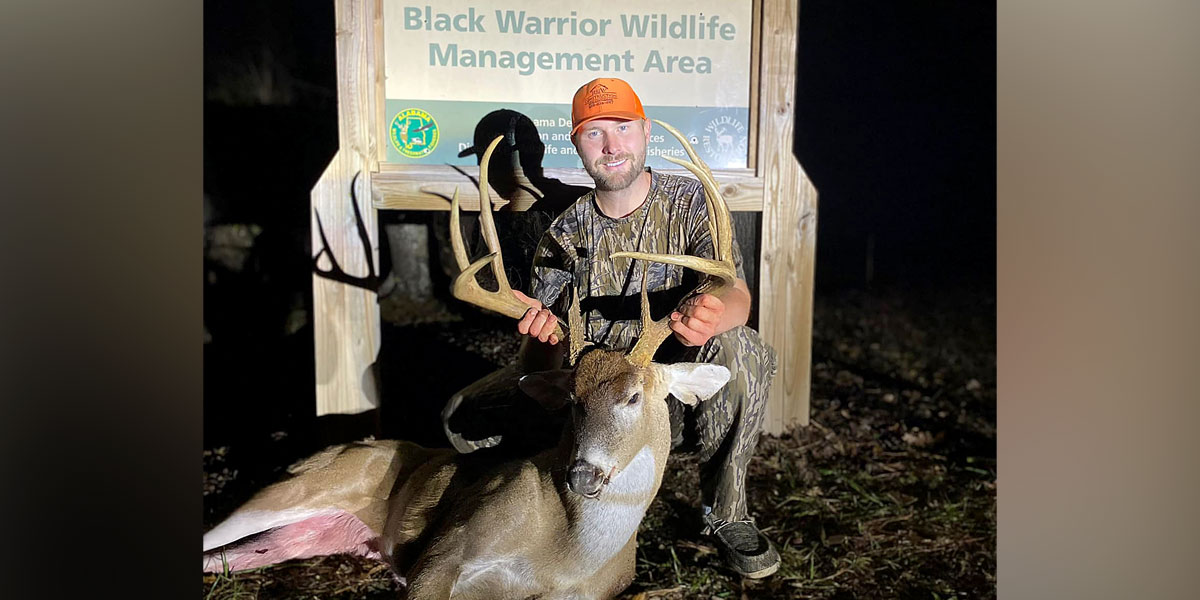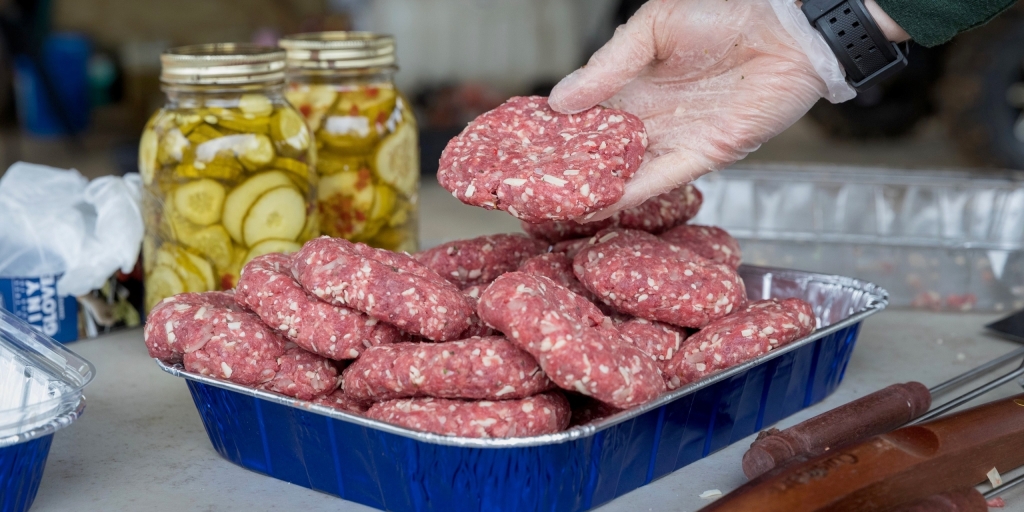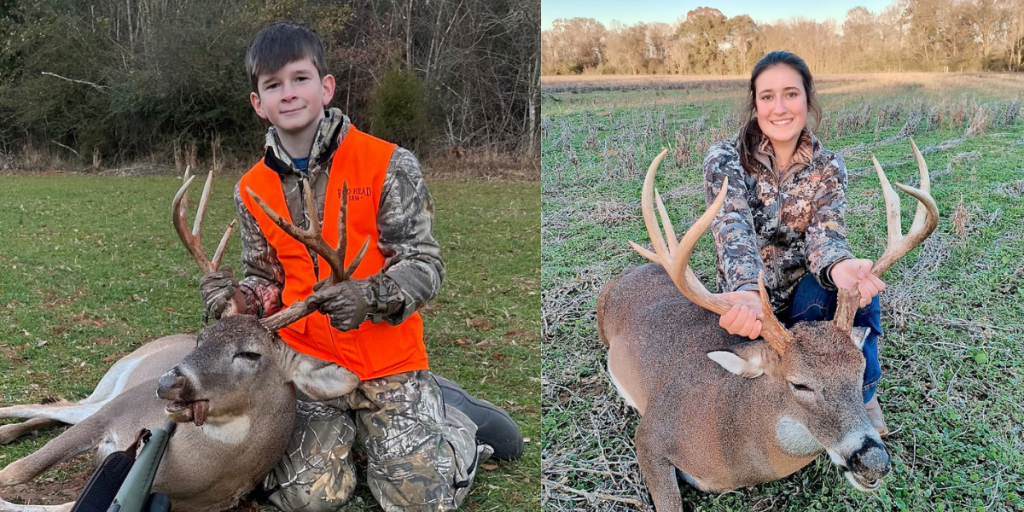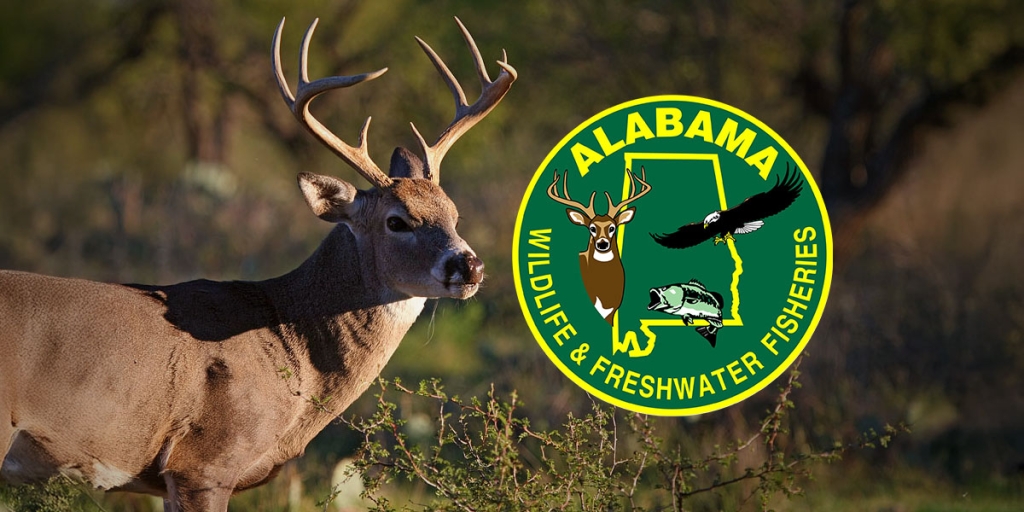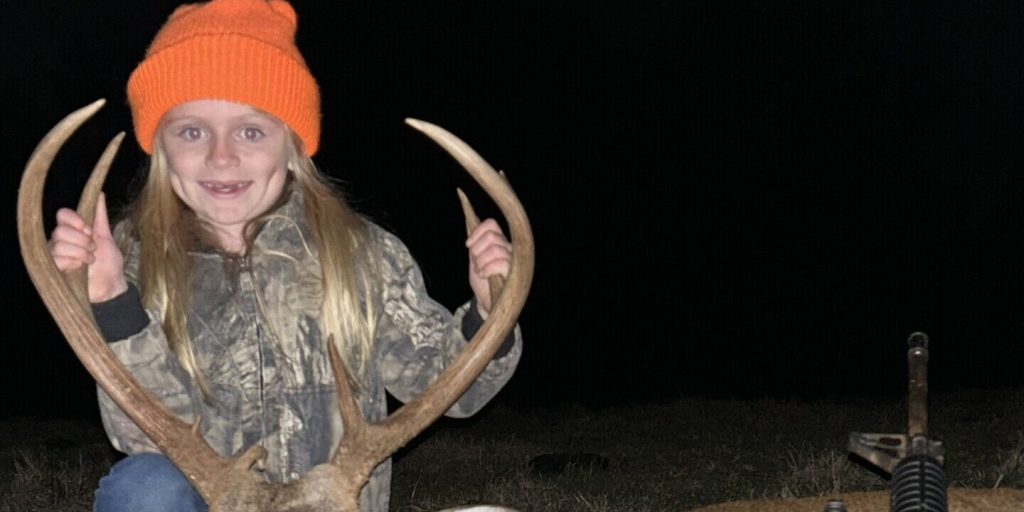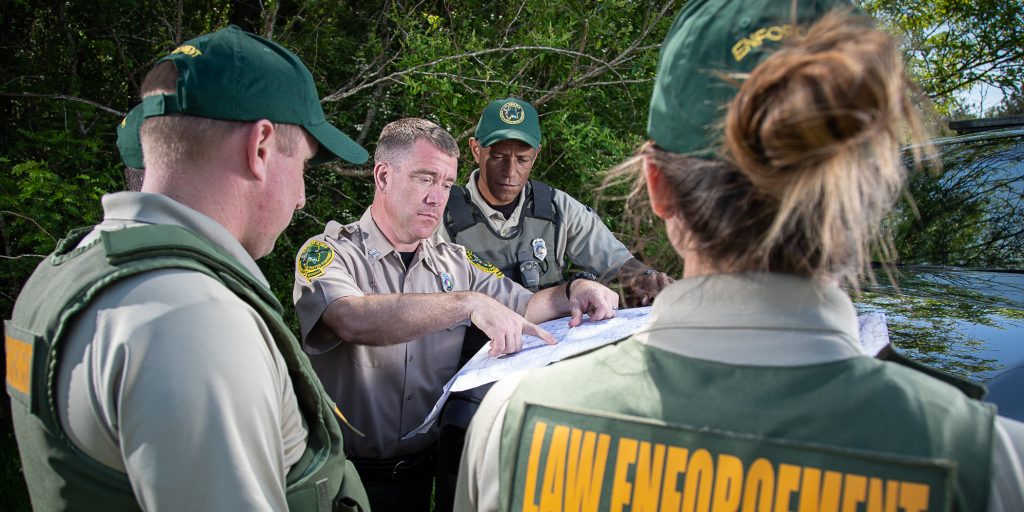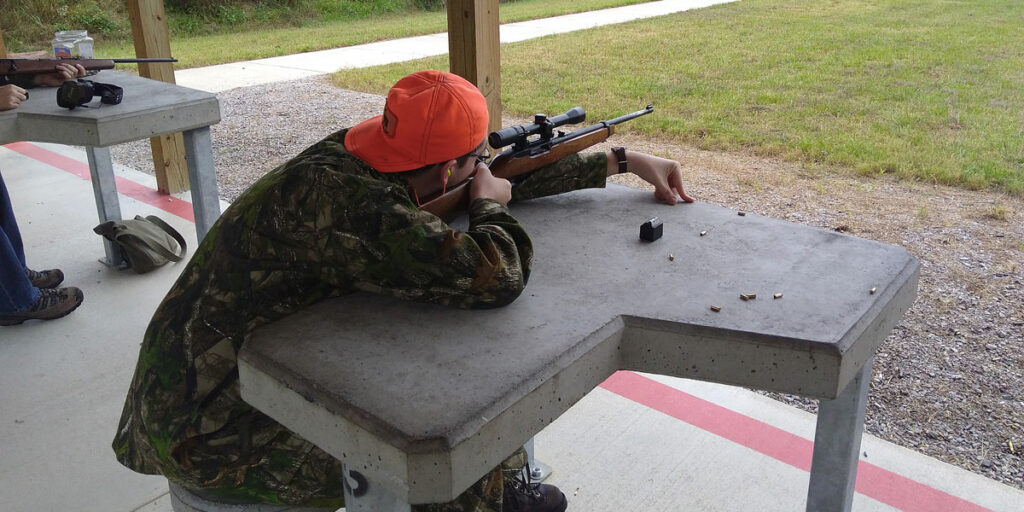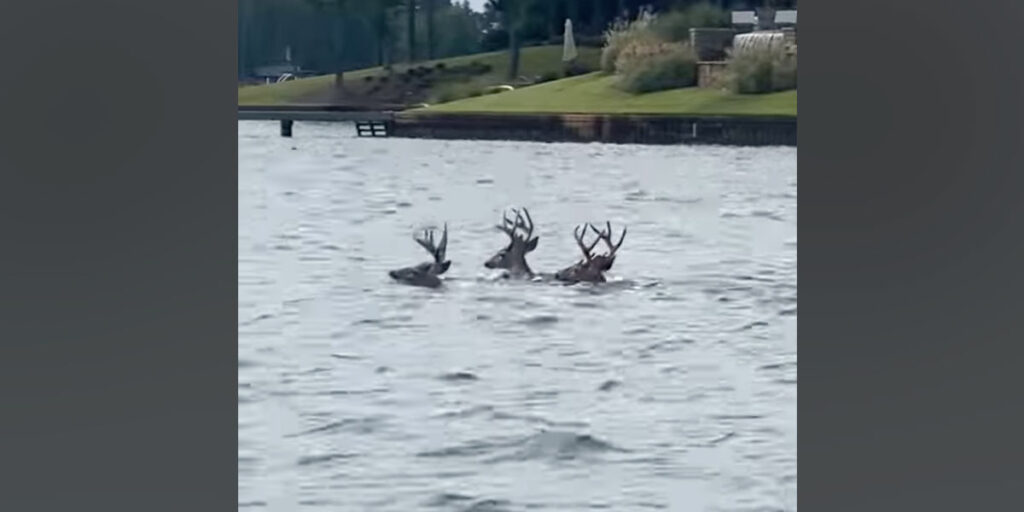A dry fall may be a bane for waterfowl hunters in the South, but the impact on Alabama’s deer herd is negligible, according to Alabama Wildlife and Freshwater Fisheries (WFF) Division Deer Program Coordinator Chris Cook.
Cook said Alabama received abundant rain when it was most important to the state’s deer herd.
“With deer, as long as it’s wet during the time when they’re putting on antlers and when fawns are dropping, nursing and developing, it really doesn’t have much of an effect on deer,” he said. “This time of year, the deer are focusing on acorns. If it was wet when the acorns were forming, it doesn’t really affect them. I know in west Alabama, we had great habitat conditions when the fawns were growing and antlers were developing.
“It certainly hasn’t affected the harvest, based on what Game Check is showing so far. What’s been reported so far this year is about 5,000 more deer taken than at this time last year.”
Game Check is the WFF system that requires hunters in Alabama to report their deer and turkey harvests.
Any person in possession of a deer or turkey that is not their own must have written documentation with the name of the hunter, the hunter’s Conservation ID number (CID#), the date of the harvest and Game Check confirmation number. The information can be documented on a piece of paper, or a transfer of possession certificate is available in the Alabama Hunting & Fishing Digest or online at outdooralabama.com.
The documentation must be kept as long as that person is in possession of the deer or turkey. The hunter who harvests the deer or turkey is required to enter that animal into the Game Check system and maintain in his or her possession a valid confirmation number for that animal.
If you are exempt from having a license due to age or landowner status, go to https://www.outdooralabama.com/hunter-resources/GetYourCID to obtain the CID# that allows you to report your deer via Game Check.
The Outdoor AL app is the easiest way to report a harvest through Game Check, and you don’t need a paper harvest record when you use the app. Hunters can also comply online at outdooralabama.com or use the toll-free Game Check phone number, 1-800-888-7690. The phone line goes to a live person at a call center that is open 24 hours a day seven days a week.
Cook said the dry weather has definitely helped hunters spend more time in the woods, which translates to higher hunter success.
“Rain can keep people from hunting a lot of times,” he said. “Hypothetically, they should kill more deer because they have more days they can go hunting.”
Cook said when the acorn supply is finally exhausted, if the dry weather continues, it could affect the quality of the browse available to the deer and increase the use of supplemental feeding opportunities like food plots if they were planted when sufficient moisture was in the ground.
“Deer are more susceptible when there are fewer options for food,” Cook said. “But when the rut rolls around, the last thing on a buck’s mind is eating.”
If you’ve been keeping track of hunter success through social media, it’s apparent the number of quality bucks being taken in Alabama continues to be excellent.
“For the past three or four years in a row, we’ve had plenty of rain in the spring and summer in most areas, so the deer enter the wintertime in really good shape,” Cook said. “Winters have been relatively mild. Growing conditions have been great with no big swings in food availability. For the bucks, they’ve been able to recuperate from the winter and put more resources into antler growth.
“If you look at the ages of the deer that have been taken at Black Warrior WMA (Wildlife Management Area), those are 6- and 7-year-old bucks. If you’re looking for the biggest antlers, those are the ones you’re looking for. Those bucks 5 to 7 years old are in their prime for antler growth. I haven’t looked at the numbers of how many people are using Black Warrior, but it will probably go up after those pictures were posted. Most of our WMAs are underutilized, so the bucks have the opportunity to reach that age.”
Cook said Black Warrior WMA is one of the areas in Alabama with an early rut. The deer’s rutting activity is based mainly on genetics. Restocking efforts in the mid-20th century included trapping and relocating deer from southwest Alabama, mainly from the Clarke County area, as well as bringing in deer from other parts of the United States. Deer were transported from Arkansas, Georgia, Michigan, North Carolina, Ohio, Texas and Wisconsin.
For the most part, the transplanted deer maintained their native rutting activity, which means Alabama hunters can hunt the rut in one part of the state or another for most of deer season. Visit www.outdooralabama.com/what-hunt/deer-hunting-alabama to view the Alabama Deer Rut Map.
“The bucks at Black Warrior are rutting right now; they’re looking for does,” Cook said. “Choccolocco (WMA) is another one where rut is going on right now. We have several areas where the rut happens in mid to late December.”
Cook said Alabama has been fortunate chronic wasting disease (CWD) has not been reported, and monitoring and enforcement of the ban on importation of deer carcasses continue to be priorities.
Regulations do allow for the importation of certain parts of the deer but not whole carcasses. Permitted parts include:
- Meat from the family Cervidae (white-tailed deer, mule deer, elk, moose, fallow deer, red deer, sika deer, caribou, etc.) that has been completely deboned
- Cleaned skull plates with attached antlers if no visible brain or spinal cord tissue is present
- Unattached antlers or sheds
- Raw capes if no visible brain or spinal cord tissue is present
- Teeth if no root structure or other soft tissue is present
- Finished taxidermy products or tanned hides
“Most of the positive cases in Tennessee have been farther north and west of us,” he said. “It’s not any closer to Alabama than it has been. In Mississippi, the new cases are in areas where it had already been found. We’re still conducting our surveillance and focusing on adjoining counties to the CWD-positive states.
“We still sample other counties with various risks to CWD. We have a quota on how many we want to sample in each county. Our folks are working hard to get those samples. Hopefully we can make it another year without finding it.”
Hunters can also contribute to the monitoring effort by dropping off their deer heads at numerous self-help freezer drop-off sites. Go to www.outdooralabama.com/cwd-sampling for a map of freezer locations as well as other sampling options.
“In the surveillance phase, we focus on 2-plus-year-old bucks,” Cook said. “Those are our highest priorities. It’s been shown that when CWD shows up in a new area, it comes from the bucks that tend to roam from one area to another.
“Get in touch if you want to get deer sampled. And be sure to report your harvest on Game Check. That gives us the important data that we use to set seasons that benefit hunters and the resource.”
David Rainer is an award-winning writer who has covered Alabama’s great outdoors for 25 years. The former outdoors editor at the Mobile Press-Register, he writes for Outdoor Alabama, the website of the Alabama Department of Conservation and Natural Resources.




